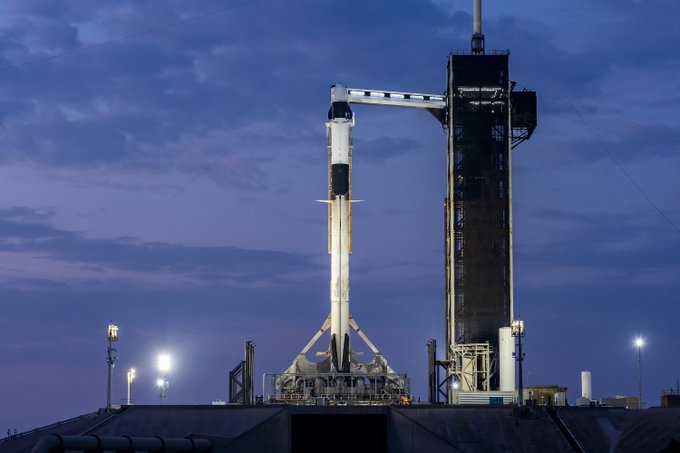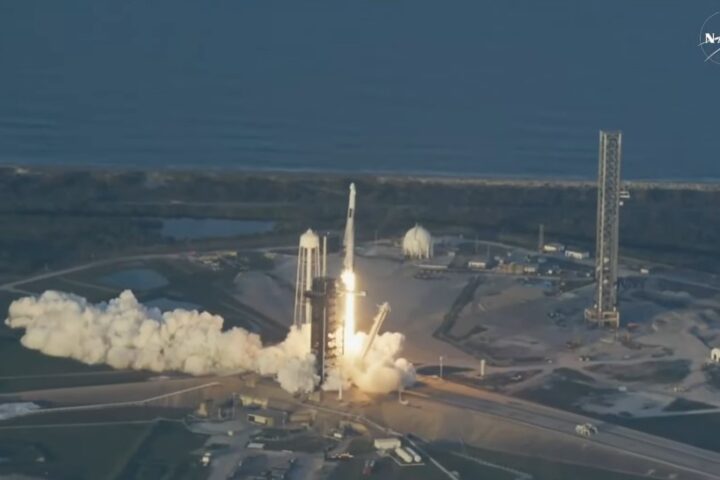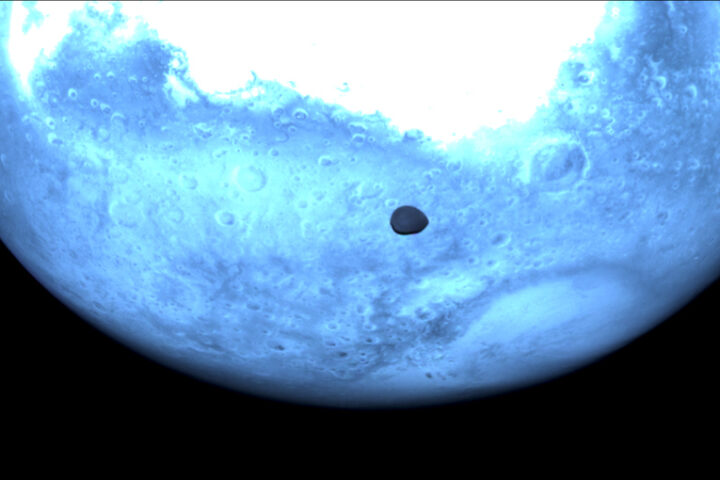As SpaceX gears up for its next Starship test flight, a NASA official has indicated that the use of this vehicle for the Artemis lunar landings would require a significantly higher number of launches than previously stated by SpaceX leadership. Lakiesha Hawkins, from NASA’s Moon to Mars Program Office, stated on November 17 at a NASA Advisory Council meeting that “in the high teens” of launches would be necessary, a count notably higher than SpaceX’s earlier estimates.
The debate over the exact number of required launches has been ongoing since Starship was selected by NASA for the first Human Landing System (HLS) award in 2021. Recently, neither NASA nor SpaceX have provided definite numbers. A NASA paper presented at the 2023 International Astronautical Congress only mentioned a series of reusable tanker Starship variants for refueling a propellant depot in orbit, without specifying the number of launches.
Elon Musk, SpaceX CEO, had previously disputed the need for a large number of launches. In an August 2021 social media post, he deemed 16 launches “extremely unlikely,” suggesting that a maximum of eight tanker launches should suffice to fuel the Starship lander, with the possibility of as few as four being needed.
For the Artemis 3 mission, the Starship lander’s development is seen as critical, especially since the Space Launch System and the Orion spacecraft have already flown. Jim Free, NASA’s associate administrator for exploration systems development, emphasized that there are several additional components to consider for Artemis 3, including new spacesuits being developed by Axiom Space and the addition of a docking port on Orion.
The next step in Starship’s development was the scheduled launch of the second integrated Starship/Super Heavy vehicle, designated OFT-2, which is crucial for the Artemis program. This launch, originally scheduled for November 18, 2023, had to be postponed to replace a grid fin actuator on the launch stack.
These developments highlight the complexity and evolving nature of space exploration endeavors, especially in projects as ambitious as the Artemis lunar landings.

















